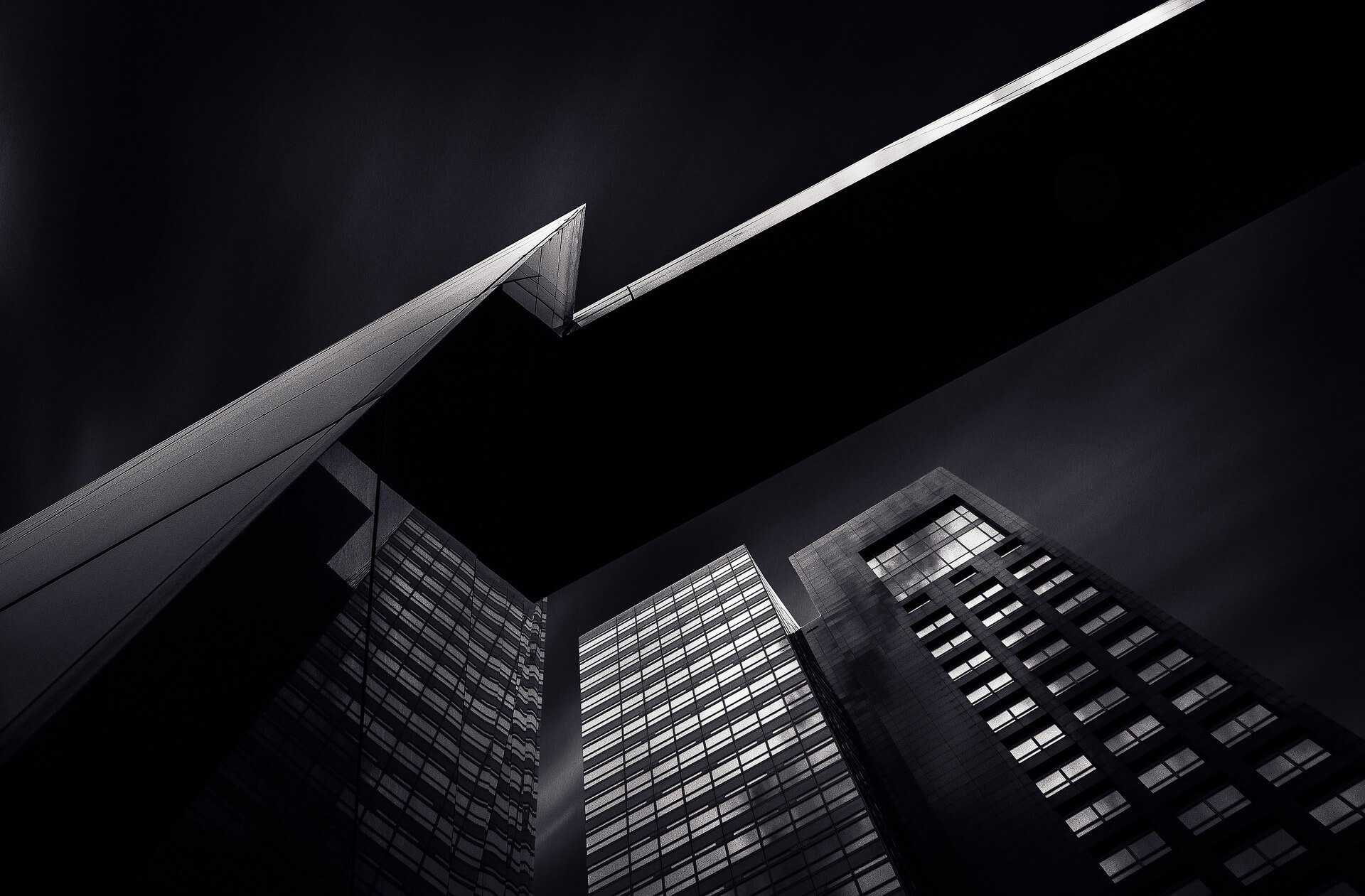Introduction
In today’s micro-lecture, you will learn about 3 technology portal types that can be integrated into your architectural design. By thinking about architectural technology design as portal integration, you can expand upon, and push, the present-day uses of technology to bring greater benefit to your building occupant. In the micro-lecture, you will what portal types exist today, and how you can design to push beyond them.
Transcript
00:05 Maria Lorena Lehman: I’m Maria Lorena Lehman. Be sure to visit this great education platform, where for free, you can download my book, “Bringing Architecture to the Next Level.” You’ll also get other great resources when you join for free, as a Design Insight member of Sensing Architecture.
00:26 MLL: In today’s micro-lecture, we’re going to take a look at why it is important to embed portals into architectural technology design. So, in this micro-lecture, we’re going to cover three types of technology portals. The first technology portal can occur within an architectural design where the occupant actually can reach through the technology to observe or monitor an event, a location, or a person. So, this is a portal because the occupant within your building is using technology, again, to connect through observation, to an event, a location or person that is off-site. So, this is similar to a television, for instance, where the viewer of a television can observe an event, a location, or a person through that technology. So, the television is a portal in a sense. But within your architecture, how can you use technology to push what this type of portal can do beyond what televisions are capable of doing today?
01:46 MLL: Now in the second technology portal type, we’ll explore the connection portal. And this is where an occupant can use technology to literally connect to an event, location, or a person. So, they’re going beyond observation, they’re actually interacting with the event, or the location, or the person that is off-site. An example of this can be seen today with use of the telephone, where the user of the telephone can pick up the phone and dial another person that is located in another location, off-site, and they can interact with one another. So there’s a two-way dialogue that occurs. The conversation, or the interaction is not one-sided.
02:39 MLL: Now in the third type of technology portal, there exists a proactive portal type. And this is where the occupant uses technology to proactively engage with an event, a person, or a location. An example of this can be seen today using the computer and the internet, for example.
03:04 MLL: This is a portal that converges information and data, and brings that to the occupant, and the occupant or the user of the computer/internet, can, in turn, interact with that data. So, as you design architecture and you embed technologies into environments, think about the technologies as different types of portals that can either serve as observation portals, connection portals, or proactive portals. Each of the different types of portals can be integrated into an architectural design to promote communication, and that integration into the design can surface as either an unexpected architectural design moment, or a planned and anticipated architectural design moment. So for instance, if you have an architectural feature wall that has a screen, an interface screen embedded within it, ask yourself, “How will my occupant be better served by connecting to an off-site event, person, or location by using this interface screen as a portal?
04:26 MLL: And which type of portal would best benefit my occupant in that moment? How does this interface screen, this technology portal, impact my occupants’ architectural experience or their architectural journey?” It’s important to remember as you design that technology portals used in this way can be used to teach knowledge to occupants. Portals can increase functionality of an environment for occupants. It can amplify beauty, and it can even deepen meaning for occupants. So, when you’re designing and integrating architectural technology, it may be helpful to think of embedding this technology as a portal. And you might ask yourself, how can technology be pushed further to promote the positive interaction between my occupants and off-site events, locations, or people that can connect to them through technology?


